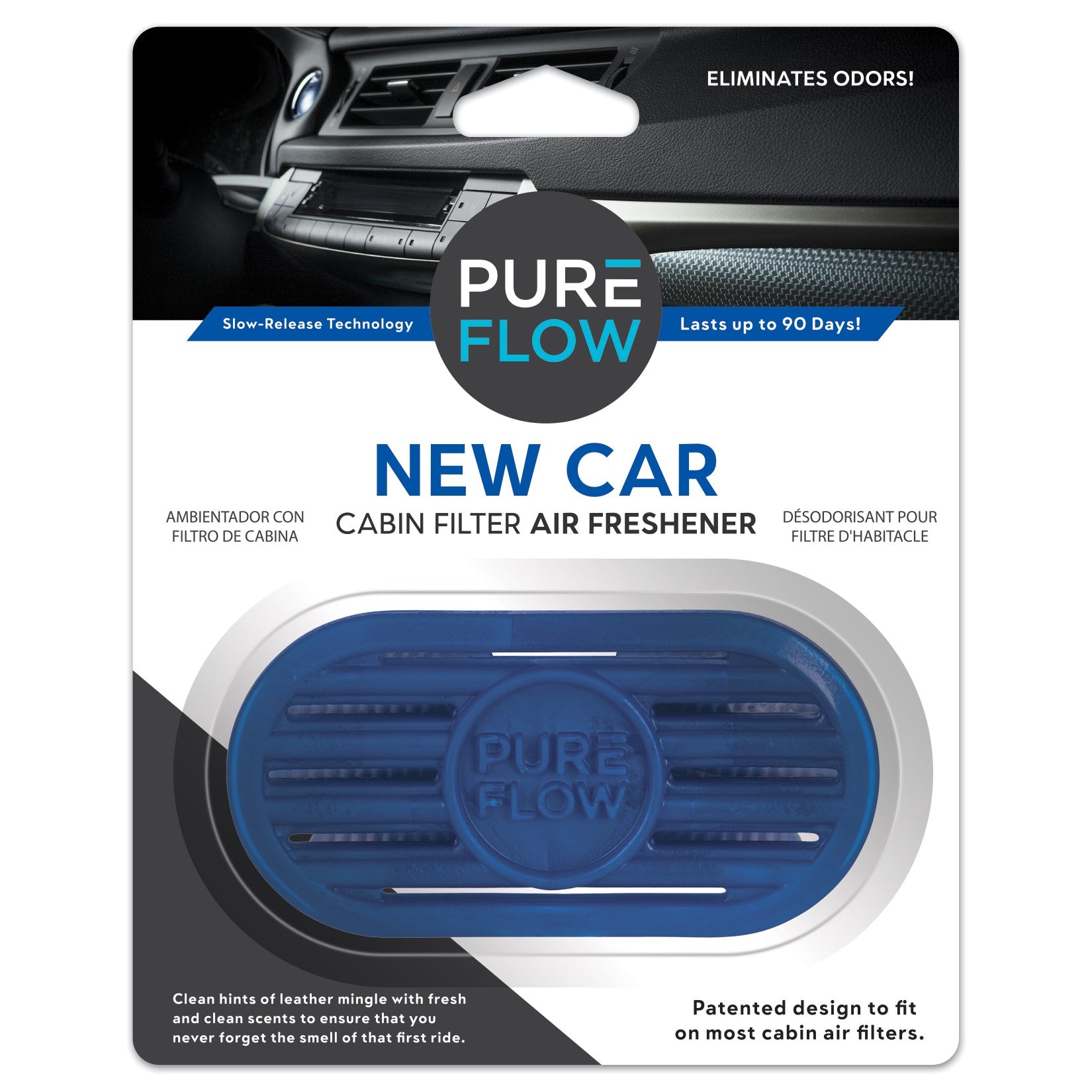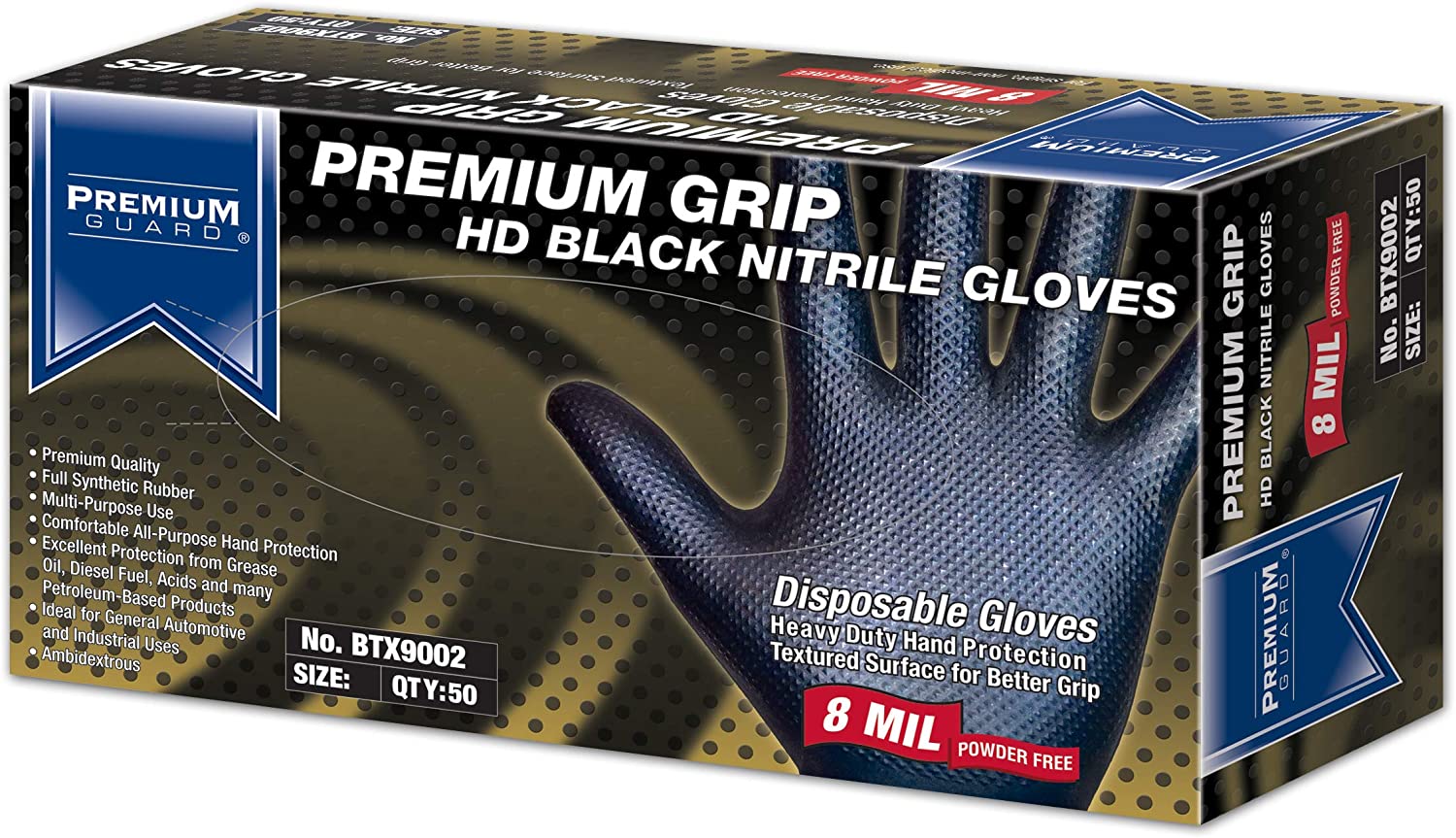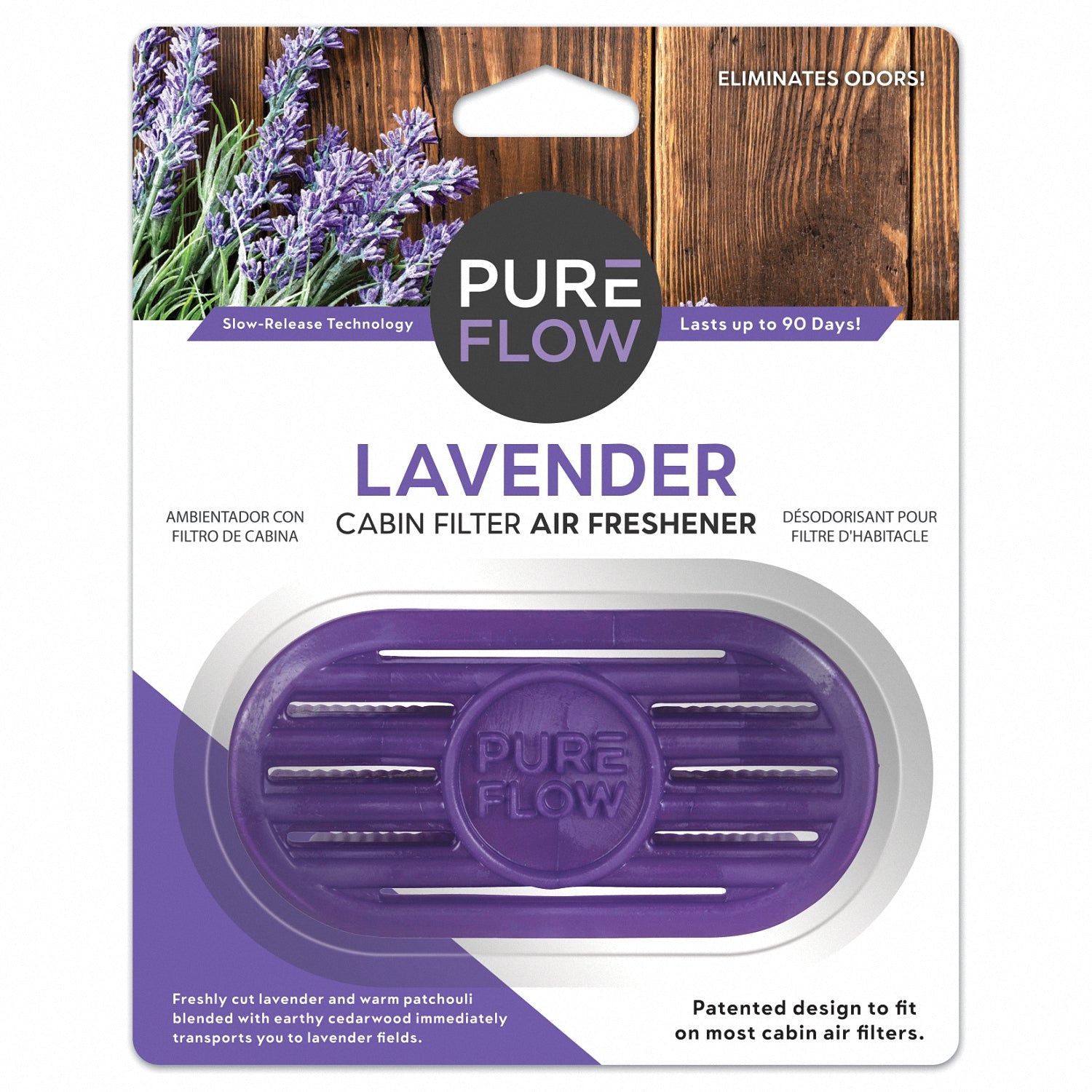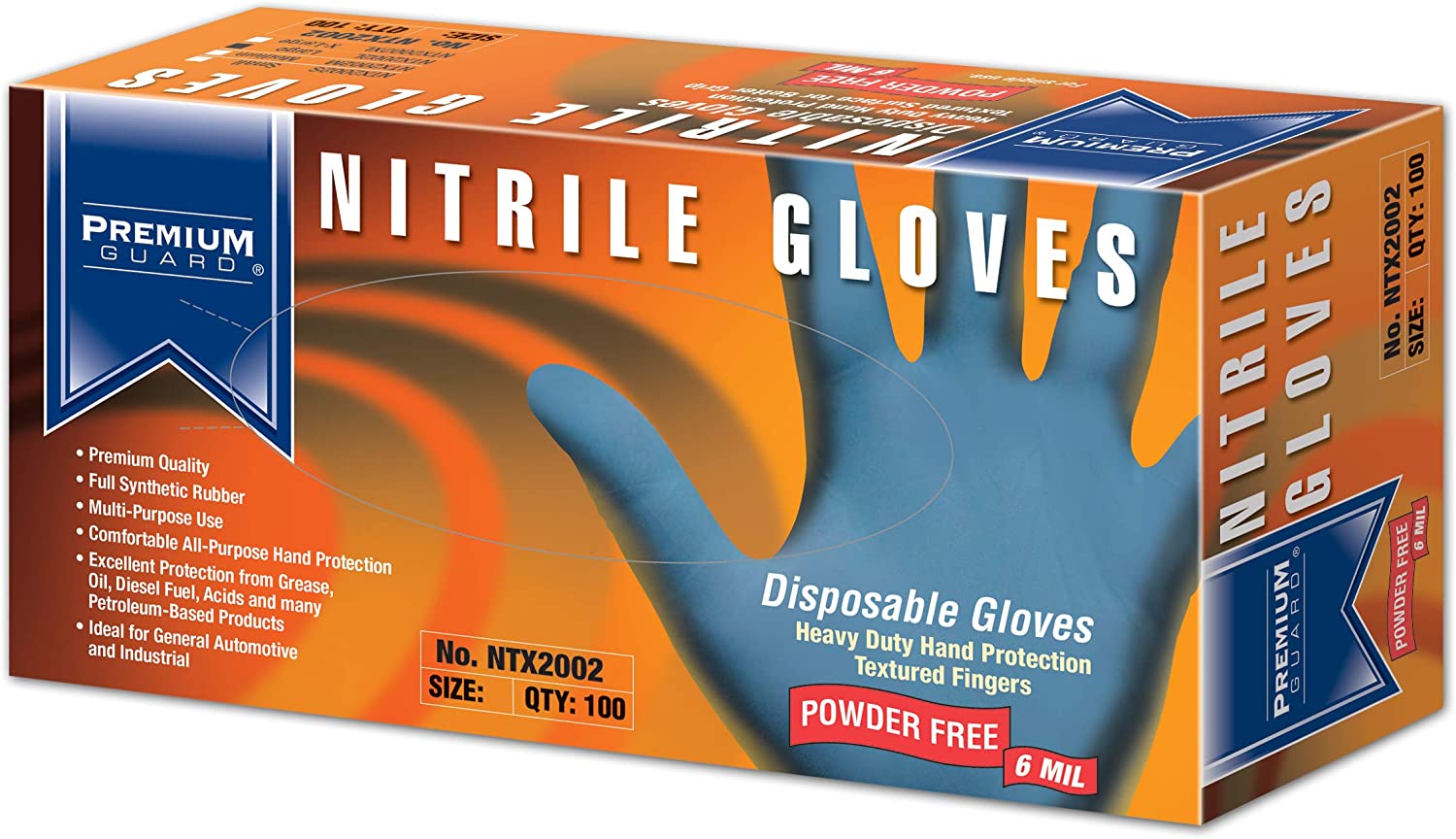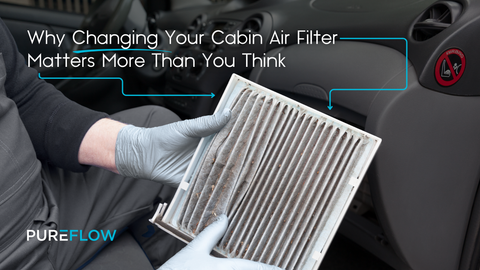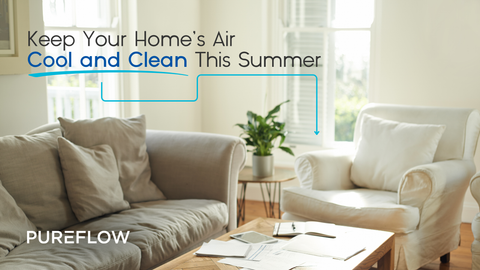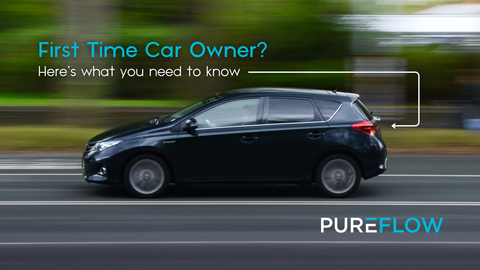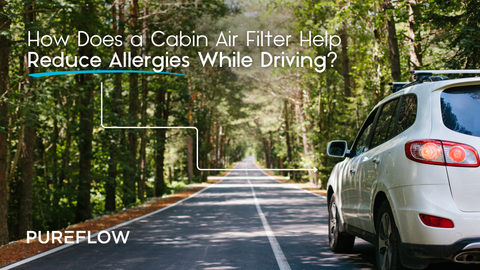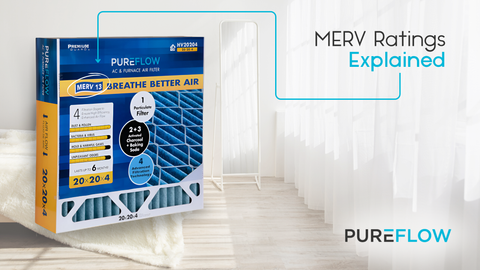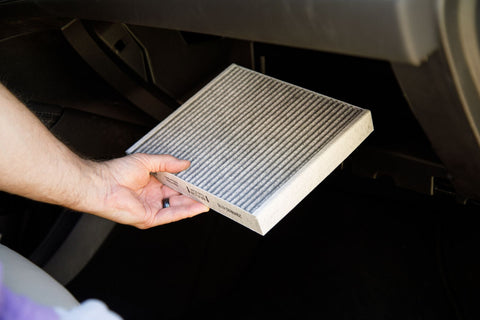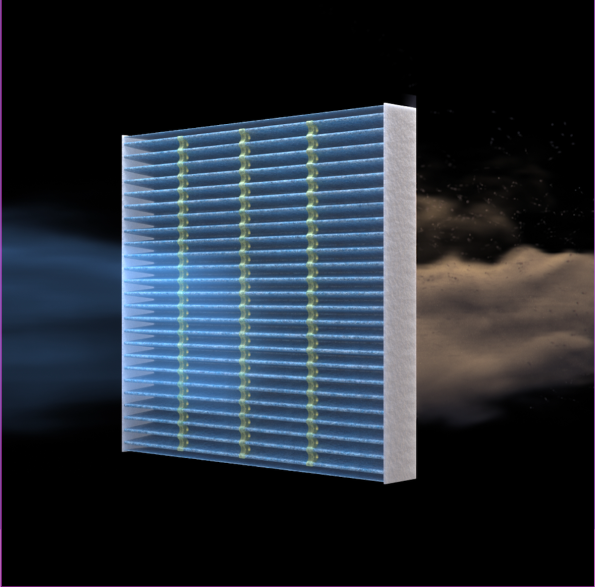With all that's going on in life, much less your car, it can be difficult to keep up on everything. When your car runs out of gas, you fill it up. If it needs an oil change or if something's wrong with your vehicle, you take it in. But what if your car's running properly yet there's a strange smell emanating from your vents?
That could represent a problem with your car's cabin air filter. There are different types of air filters in any given car, and the cabin air filter helps clean the air while you're inside. That's good news for when the temperature cools or warms outside -- you can still experience a comfortable climate inside your car while staying safe from contaminants.
How the Cabin Air Filter Works in Cars
From harmful pollutants to pollen and dust, your car's cabin air filter removes harmful particles from the air so that you and your passengers can breathe freely in the closed environment of the cabin. The air filter itself is often located just behind the glovebox, and its job is to clean the air that is circulated by your vehicle's HVAC system. If you turn on your heating or air and are greeted with an unpleasant smell, that means there's a problem with the air filter mechanism in your car.
Made from an engineered material or multifiber cotton, a cabin air filter looks much like other air filters you've likely seen. With pleated ribbing to maximize surface area and to adequately trap those contaminants, replacing your cabin air filter is one of the best ways to improve the quality of air in your vehicle. Just about every car on the road today has a cabin air filter, and they need maintenance just like the other crucial components of your vehicle.
The Importance of Clean Cabin Air
For those that suffer from allergies, asthma or other respiratory issues, the problem is much more than a simple unpleasant smell -- it could be dangerous. Cleanliness of the air you breathe is important when particulates can aggravate your condition, and the cabin air filter is a crucial piece of protection against harmful things in the air. It may not be what people think of first when it comes to car safety, but it's one of the most important types of air filters in your car.
Most cars come with some kind of mileage indicator for when you may need to replace your cabin air filter. But if you've owned your car for more than a few years and have never replaced the cabin air filter, you're probably due. Many manufacturers recommend replacing a cabin air filter every 15,000 to 30,000 miles, which might only be a year or two of driving for those that rely on their vehicles to get them about every day. That said, you can consult your vehicle's manual for when that cabin air filter is due for replacement.
Environmental Considerations
While you may want to consider replacing your cabin air filter each year, it's even more important to replace your cabin air filter depending on where and how you drive. If you live in an area with poor air quality already or in an urban area with a lot of traffic and stop-and-go driving, you may want to consider replacing your cabin air filter more frequently. The same goes for drier, dustier climates like the American Southwest.
But if you don't plan on replacing your cabin air filter on schedule, you'll have to watch out for the tell-tale signs of needing an air filter replacement. If your car's climate control is suffering from weak output, you'll likely need to replace your cabin air filter. Same goes for if you can hear a whistling sound when your climate control is on -- that typically means your cabin air filter is full and the pressure is pulling in air from other places. A musty or wet smell is another giveaway, as is any excessive noise when your car's HVAC is running.
Replacing a Cabin Air Filter
While there are many types of air filters for cars, a cabin air filter is one of the easiest to replace, making it a great DIY project for those that want the best for themselves and their vehicle. Replacing a cabin air filter typically takes just five minutes for most consumers, though you can certainly take your car into the dealership and have them do it for you -- just be prepared to pay two or three times as much for labor as the filter itself.
Whatever you decide, make sure that you take a look at your old cabin filter when it's removed. You'll likely see soot, grime and dirt caked all over your cabin air filter, which means all that gunk was headed into your car's cabin before it was trapped by the cabin air filter. Moving forward, it's easy to see how a cabin air filter helps, and it only takes a few minutes to swap one out.
If you'd like to shop for a cabin air filter for your vehicle, you can use our handy cabin air filter search here.



